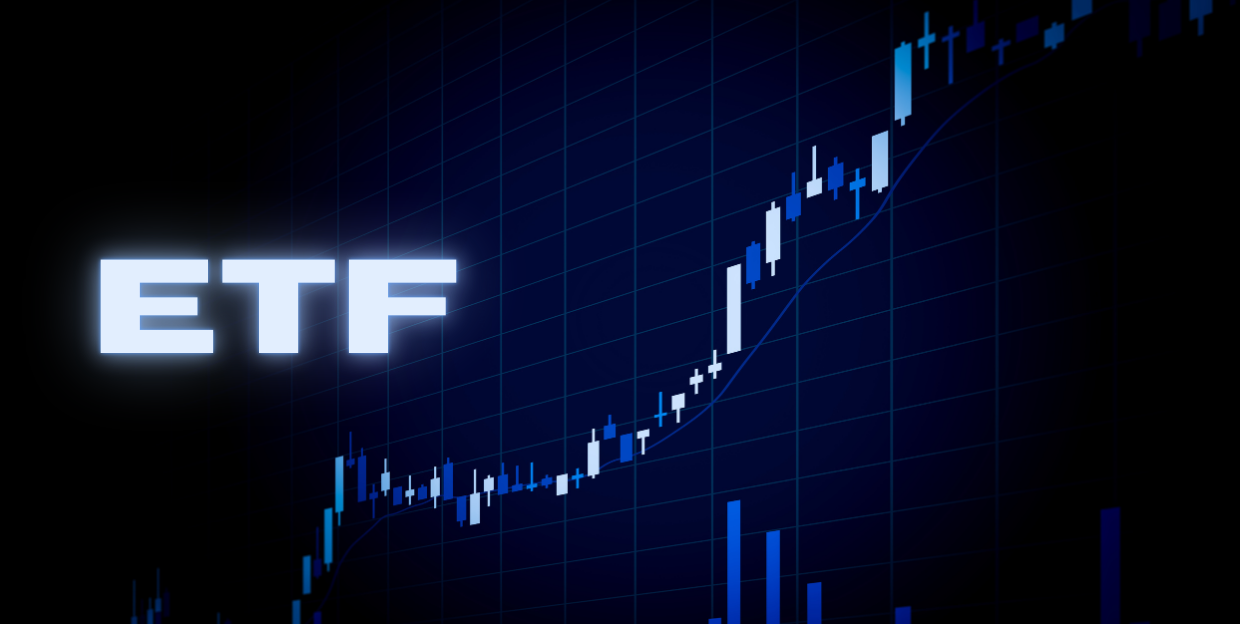
The exchange-traded fund (ETF) industry is poised for significant transformation as it heads into 2025, driven by innovative products and evolving investment strategies. With global assets under management (AUM) surpassing $15 trillion by the end of November 2024, the sector is witnessing a surge in popularity and investment. Here are three key trends expected to shape the ETF landscape in the upcoming year:
1. Evolution of Active Management
The active management segment of ETFs is undergoing a notable transformation. Traditionally dominated by mutual funds, active ETFs are now incorporating advanced structural methods that enhance transparency, intraday liquidity, and cost-effectiveness. According to industry experts, these new active strategies aim to differentiate themselves through improved portfolio management techniques that leverage structural efficiencies unique to ETFs. Investment firms are increasingly focusing on specialized themes, such as emerging technologies and renewable energy supply chains. This shift reflects a broader trend where traditional stock selection is evolving into more sophisticated strategies that emphasize risk management and capital efficiency. As a result, active ETFs are becoming more appealing to investors seeking dynamic exposure to market opportunities.
2. Growing Adoption of Cryptocurrency-Focused Products
The rise of cryptocurrency-related ETFs is another trend gaining momentum. With the introduction of spot Bitcoin and Ethereum ETFs, traditional finance is becoming more intertwined with digital assets. These products are democratizing access to cryptocurrencies for a broader range of investors, from individual traders to large institutions. However, the adoption of crypto ETFs faces challenges as wealth management platforms work to integrate these products into their offerings. Investment perspectives on cryptocurrencies vary widely among clients; some view Bitcoin as a digital gold substitute, while others see it as a growth-oriented technology investment. Despite these hurdles, the growing interest in crypto-focused ETFs indicates a significant shift in how investors approach digital assets.
3. Emergence of Complex Investment Strategies
As the ETF market evolves, complex investment strategies are becoming more prevalent. These strategies include derivative income ETFs that provide hedged exposure to equity markets while generating attractive monthly income through options or other derivatives. This trend simplifies the investment process for both individual investors and financial advisors, allowing them to access sophisticated strategies without needing extensive trading experience.The increasing demand for these innovative products reflects a broader appetite for diversification and risk management within investment portfolios. As investors seek ways to navigate market volatility while still aiming for returns, complex strategies are likely to gain traction in 2025.
Conclusion
The ETF sector is on the brink of significant evolution as it embraces new trends that cater to changing investor needs and market dynamics. With active management evolving, cryptocurrency products gaining traction, and complex strategies emerging, the landscape of ETFs will continue to diversify and innovate in 2025. As these trends unfold, investors will have more opportunities than ever to access markets through tailored investment solutions that align with their financial goals.

